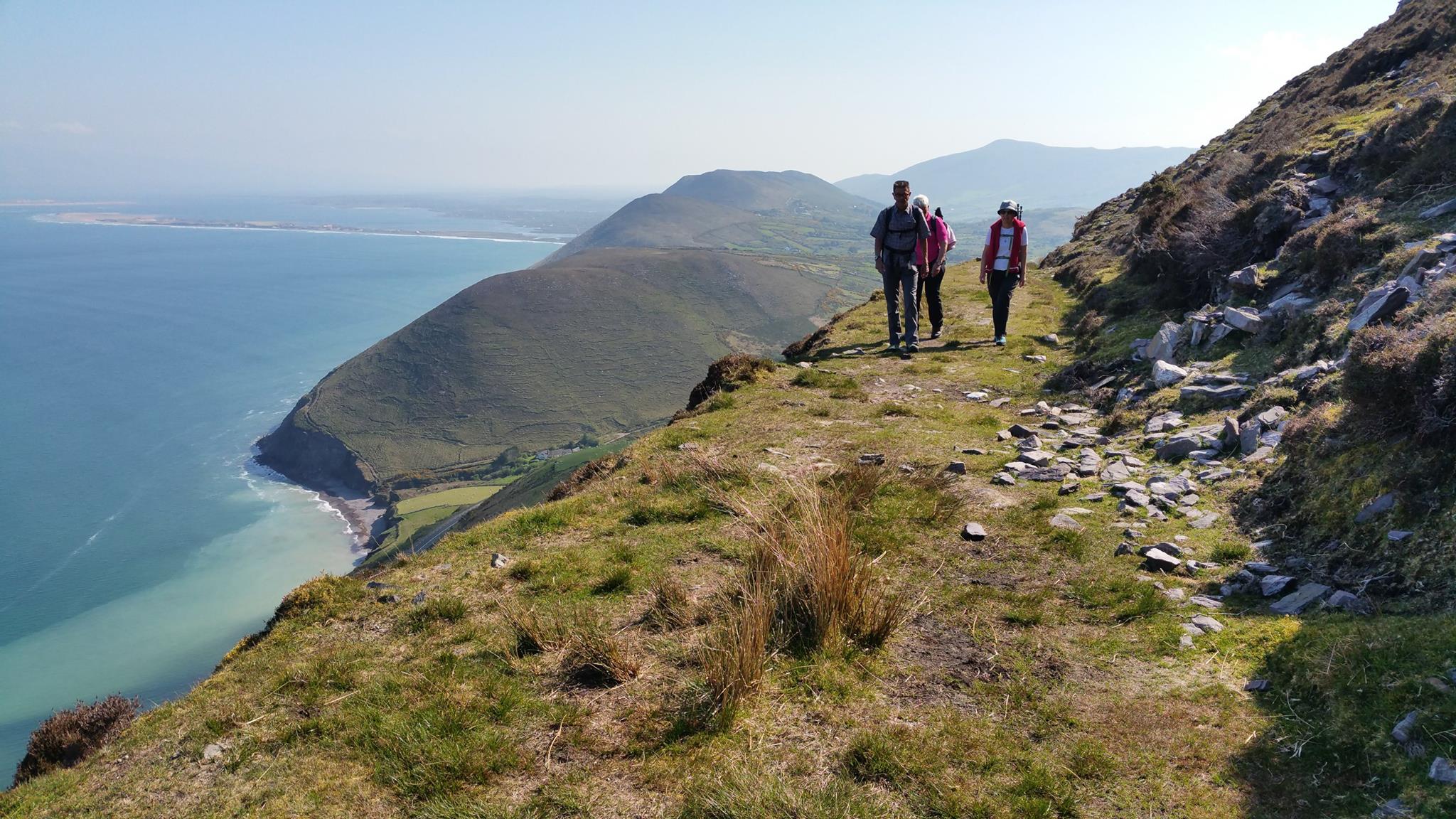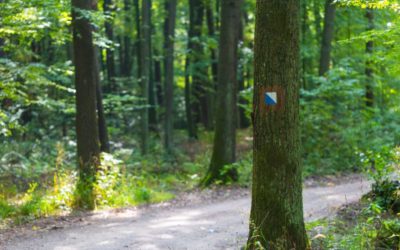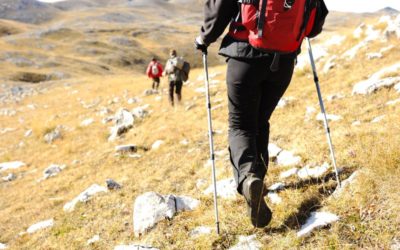Hiking has been gaining more and more popularity recently but it also has a proud history. People have been walking on two legs much longer than hiking has existed. Some of the reasons why are sometimes surprising. In this post, we therefore outline a brief history of hiking and getting around on foot in general.
More than 11,000 years ago – nomadism
Before humans began farming and settling in one place, they roamed nomadic communities with their flocks. Moving around on foot was thus a means to an end to find fertile grazing land and to ensure survival.
The so-called “mass migrations”, whether they took place for climatic or social reasons, represent an early form of mobility.
Further historical “motivations”
Traders: Even today, many passes and hiking trails run along old trade routes. These can especially be found on Irish hiking trails and on the cattle drover trails in Scotland such as on the Rob Roy Way
Smuggler: Where there are trade, tariffs and trade regulations, those who want to break them are also often not lacking. Smugglers also have a long history of covert mobility and the illegal flow of goods. Their paths have also formed some great coastal hiking trails such as the South West Coast Path and the Pembrokeshire Coast Path.
Soldiers: In the course of armed conflicts and territorial conquests, armies of soldiers were among those who had to travel long distances. The famous West Highland Way in Scotland is an example of a former military road. Hadrian’s Wall Path also follows the route that many Roman solders once roamed.
Migration and flight: Where there is war, people are forced to leave their homeland and flee into the unknown.
Exploration of remote territories: In order to satisfy basic needs for water and food, or driven by pure curiosity, forays and development missions are also activities that humans undertake on an ongoing basis.
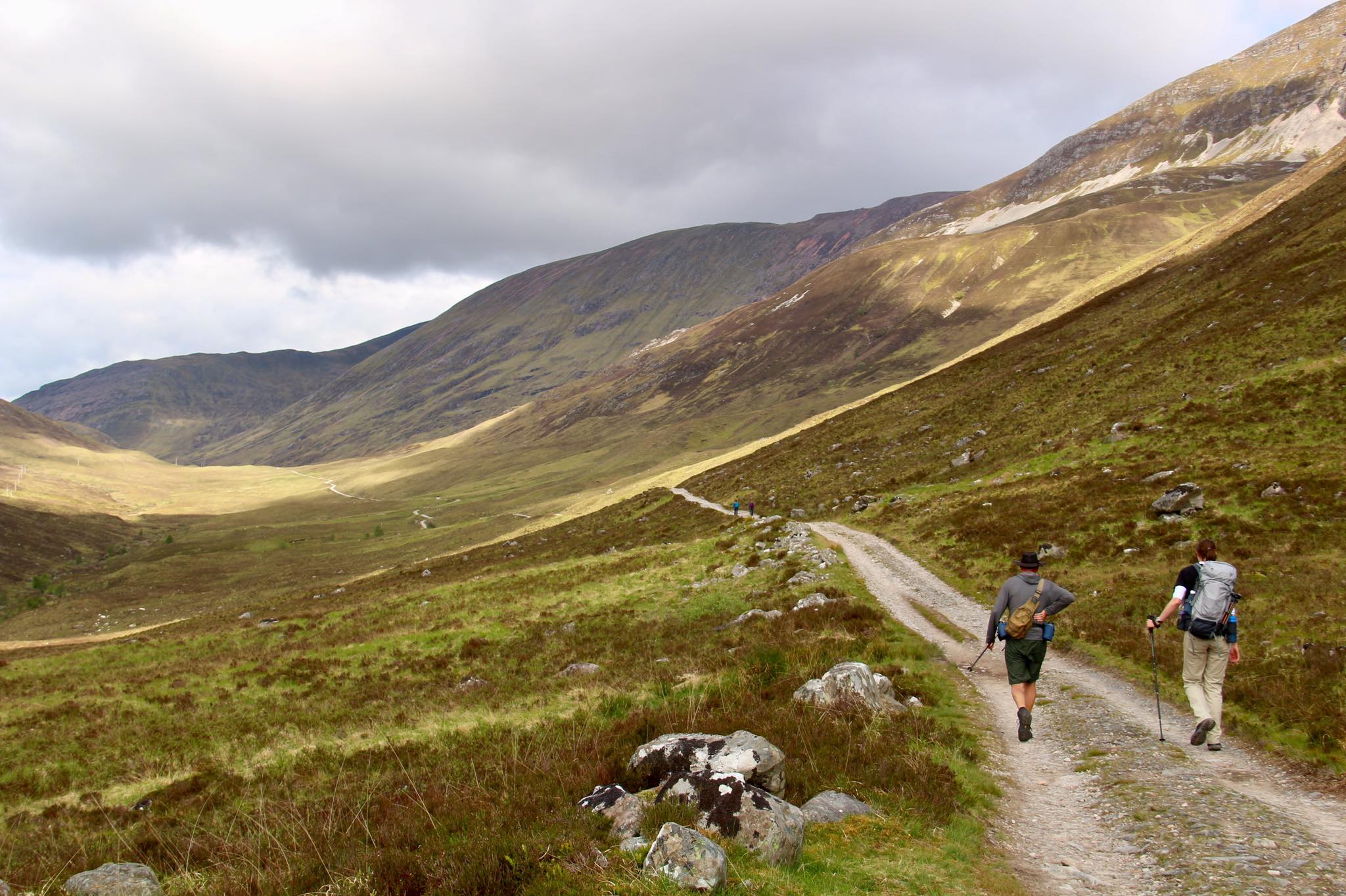
326 AD – The beginning of the pilgrimage
Helena, the mother of Emperor Constantine, was the first Christian pilgrim. After her son made Christianity the state religion, she wandered barefoot and unarmed (according to legend) from Rome to Palestine. So she became a model for Christian pilgrims. But other religions also know pilgrims as a spiritual form of movement. In Islam, believers are expected to make a pilgrimage to Mecca once in their life.
Pilgrimage is often seen as the origin of hiking itself and soon became a mass movement. It is reported that in 1300, 20,000 people made a pilgrimage to Rome because of a papal visit.
Many popular long-distance hiking trails, such as the Camino de Santiago, were originally pilgrimage trails and are still walked by thousands of people for a wide variety of reasons.
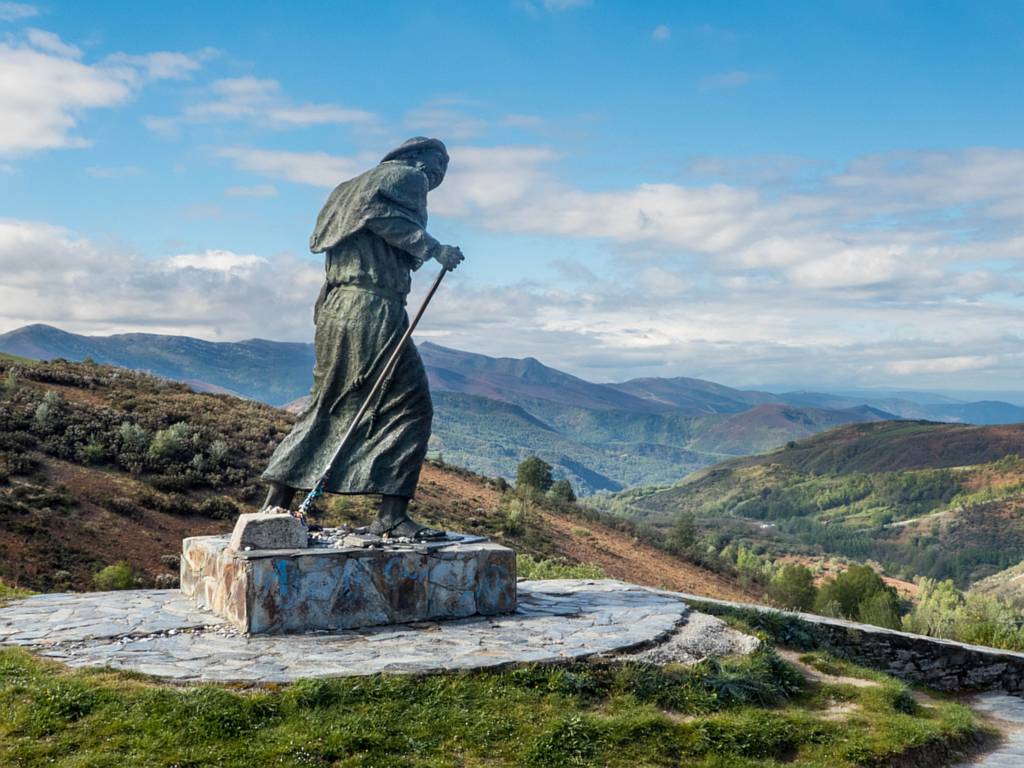
On foot in the Middle Ages – From minstrels and scholars
Even in the Middle Ages, mobility was still considered the privilege of a few people and part of the everyday life of certain professional groups, such as hawkers and minstrels, who brought not only entertainment but also news from place to place.
Then there were the so-called scholars, who wandered from one university to another with a group of up to ten students and who certainly broadened their intellectual horizons through their travels.
1336 – Francesco Petrarca “invents” hiking
In 1336, Francesco Petrarca was the first person who is said to have climbed a mountain just for the sake of experience. He said his motivation was solely “the desire to see the unusual height of this piece of earth by sight.”
So he made Mont Venteux in Provence the first starting point for a mountain hike.
14th century – Artisans and a thirst for adventure
From the 14th century, the tradition of wandering, also called waltz, emerged within the craft trades. After their training, young craftsmen were supposed to expand their knowledge in different places and thus had the opportunity to see something of the world.
Even today you can sometimes see carpenters in their black corduroy flares, the traditional clothing, wandering the country.
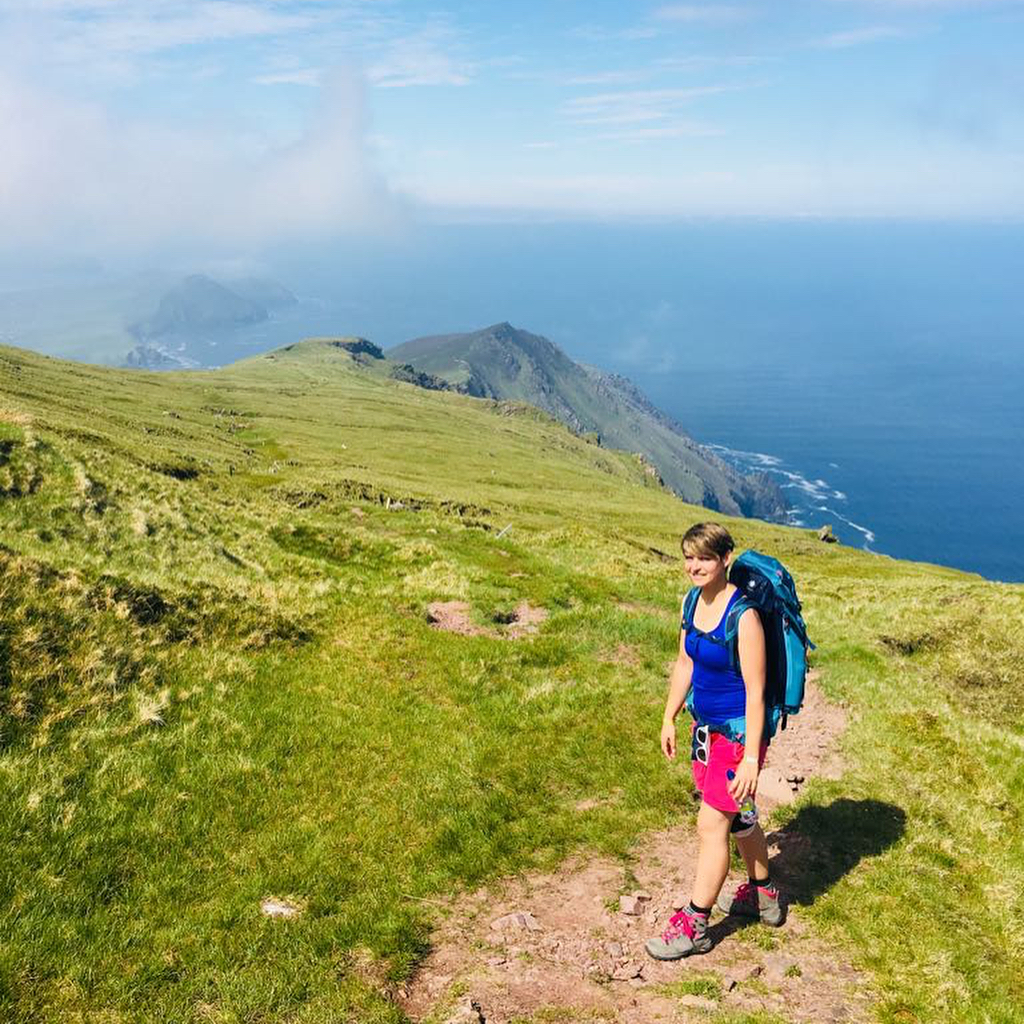
18th century – Painter and poet
Until the 18th century, people found the Alps hideous and intimidating. When traveling in a carriage, aristocratic gentlemen drew the curtains to avoid looking at them. This also changed thanks to painters and writers who discovered a new aesthetic in this impressive landscape.
The poem “Die Alpen” by Albrecht von Haller from 1729 represents this turning point. But also romantic landscape painters and writers like Johann Wolfgang von Goethe changed the view of the mountains through their travels and the reproduction of their impressions in their respective works of art.
19th century – Railway network, tourism and mountaineering
With the construction of the railway network in the 19th century it was for the first time also possible for the “average citizen” to cover distances for pleasure and to explore the world. So a kind of mass tourism slowly emerged in the Alps. First ascents also increased the attraction of the mountains and inspired people to discover hiking for themselves.
In this context, associations were founded that provided the necessary infrastructure in the form of marked paths, huts, observation towers and hiking guides. For the mountain farmers this represented a welcome extra income.
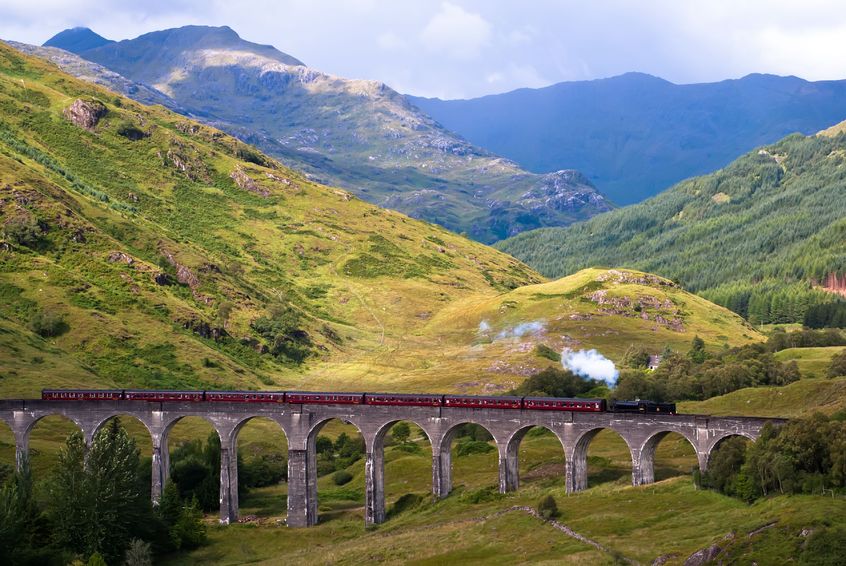
1980s / 90s – Environmental protection and renaissance
Since the 1980s, environmental protection and the development of protected areas such as national parks have increasingly been part of the remit of hiking clubs. Hiking as a recreational sport has been experiencing a kind of renaissance since the 1990s. This meant that in the end, more and more investments were made in the (tourist) infrastructure in hiking areas from various quarters.
Present – Hip individual sport
In the 21st century, hiking has changed from a community activity that also took place in a sociable setting into an individual sport. More and more young people are also drawn to nature. Many people use the Internet as an excellent source of information for route planning and even mobile weather reports.
With high-tech clothing, glossy outdoor magazines and GPS, it seems as if hiking has left the times of rustic club culture behind and has now become hip.
And while the construction of the rail network in the 19th century made it possible to discover places beyond one’s own living space, today many people use their vacation days to travel to other countries by plane and get to know the most beautiful routes there on hiking holidays.
